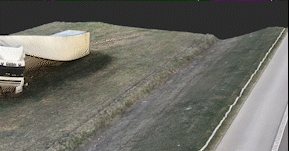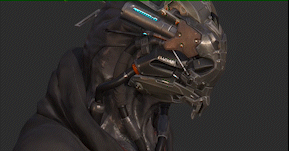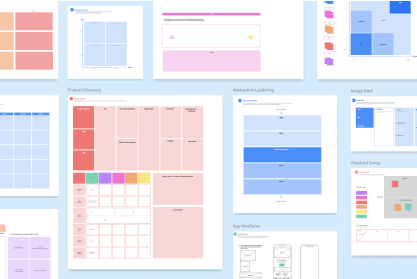The Marvel universe is vast and ever-expanding, complete with a cast of characters as versatile as the galaxies. 30+ different titles have been released as part of the Marvel Cinematic Universe since 2008, each film requiring about 4 million digital assets.
Each larger-than-life digital character has a wardrobe and personal effects that need as many changes as an actor on a Hollywood backlot.
But the entertainment industry isn't the one that relies on 3D assets to bring their vision to life. From fashion to gaming companies, industries across verticals are leveraging 3D modeling to get a more holistic view of the big picture.
So, how do production teams find Iron Man's costume among the rest of the Marvel universe?
What is 3D Modeling and How is it Used?
Movies and animated shows might be the first use case for 3D modeling that comes to mind, but it certainly isn't the only one.
Consider the benefits of 3D modeling for insurance claims: with the help of drone technology, insurance companies can map out an entire incident scene, zoom in and out of key damage areas, and even identify potential areas of fault.

Product development teams in the fashion industry can build virtual designs that can be viewed from any angle, complete with pixel-perfect textures and colors.

Video game creators can purchase 3D models from sites like Sketchfab and tweak them to make their own characters and design elements.

Even companies like Amazon and Ikea are using augmented reality to allow consumers to see how pieces of furniture would look in their homes before purchasing them.
Essentially, the use cases for 3D modeling and augmented reality are as endless as Marvel’s virtual backlot. The appetite for 3D modeling has created an explosion of 3D assets—assets that need to be organized and managed.
How to Find Assets in a Virtual Library
Companies are utilizing DAM (digital asset management) systems to bring some method to the madness. A DAM system helps teams store, organize, retrieve, and share their entire digital content catalog in a single source of truth.

A centralized DAM system provides teams and stakeholders with secure access to their entire digital content library—including 3D models, images, photos, creative files, video, audio, presentations, documents, and more.
Sketchfab is an example of a solution that not only helps teams find the right 3D model for their creative projects but also to store and manage them as their projects get more vast and layered.
This covers the management of the digital asset part of the equation, but what if you want to do more than just manage? What if you want to reference, reuse, or reinvent those assets for future projects?
Bluescape offers a handy dandy feature called Popsync that allows you to quickly search for Sketchfab assets and pull them into a collaborative workspace where you can organize collections and share your favorites with the team.
This accelerates the review process by centralizing all your work—new concepts, inspiration, and references from past projects—in one place, so you can get approval fast.
When DAM systems like Sketchfab are amplified by collaborative workspaces like Bluescape, it elevates the process from purely digital asset management to a one-stop shop for bringing ideas to life.
"Sometimes You Gotta to Run Before You Can Walk" - Iron Man
3D assets are becoming a game-changing use case across industries that weren't even fathomable ten years ago, including fashion and insurance.
With all that potential comes the need to harness it in a meaningful way with the right tools, including a way to manage these massive virtual libraries and keep a pulse on all the assets being created, so they don’t just collect dust in the archive.
Curious about Popsync by Bluescape? Try a search at popsync.io to see results gathered from multiple stock photo sites at once, then check out our DAM and cloud storage integrations to learn how we're making it easier to search private libraries, too.





